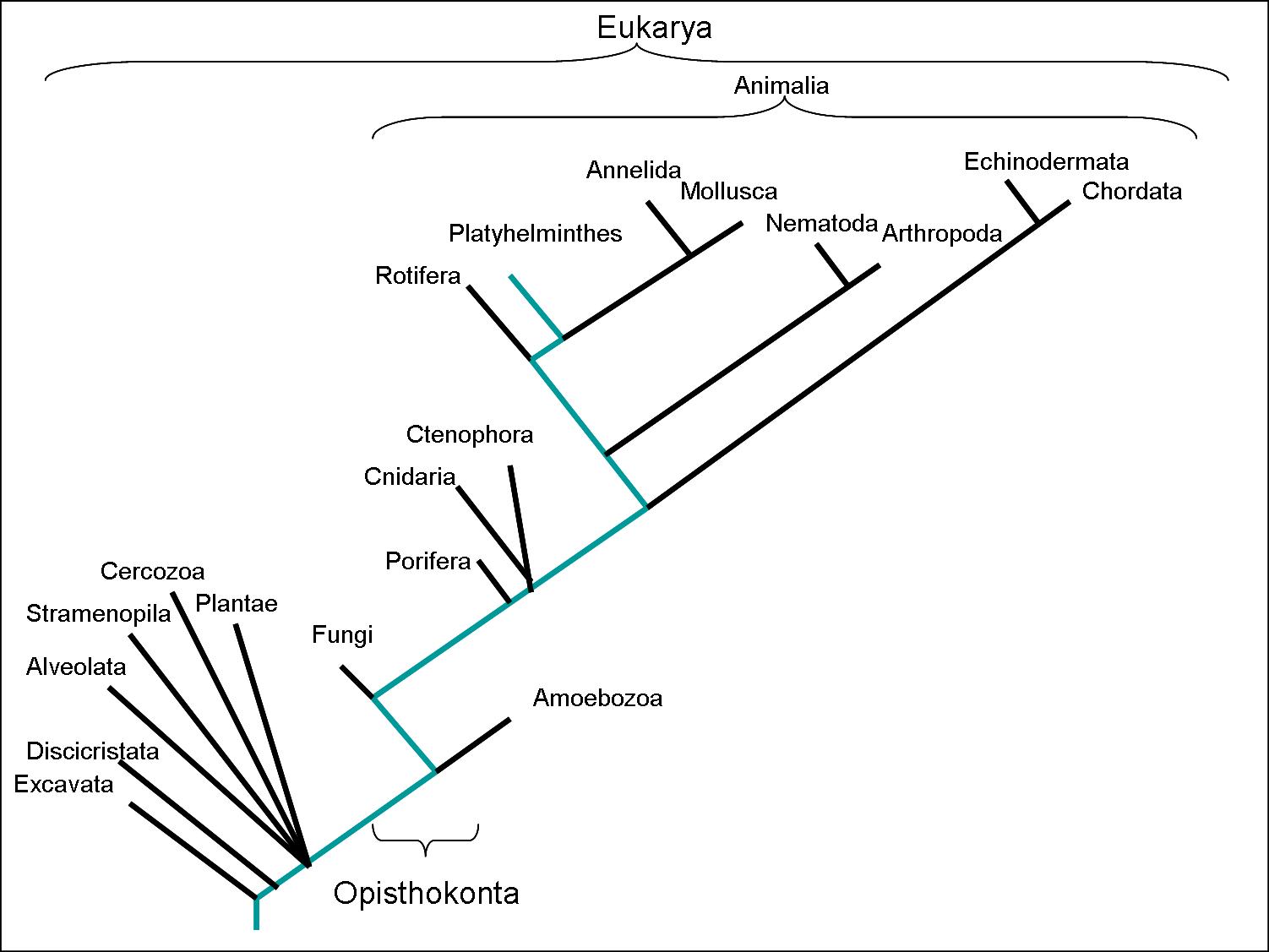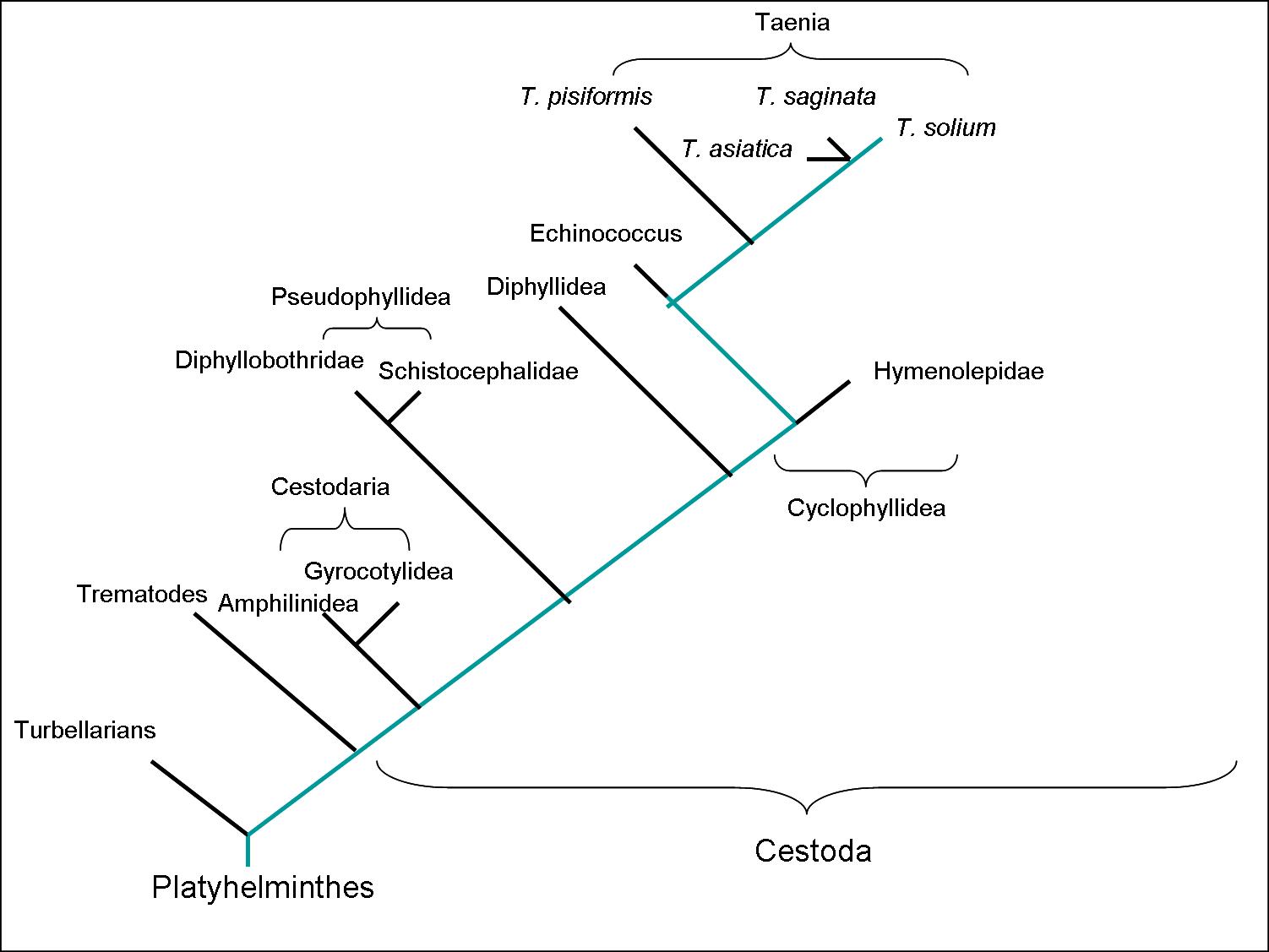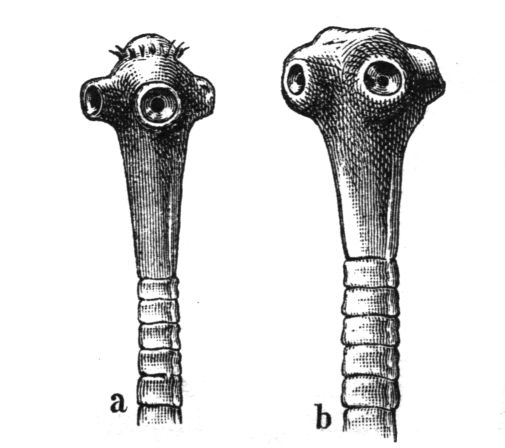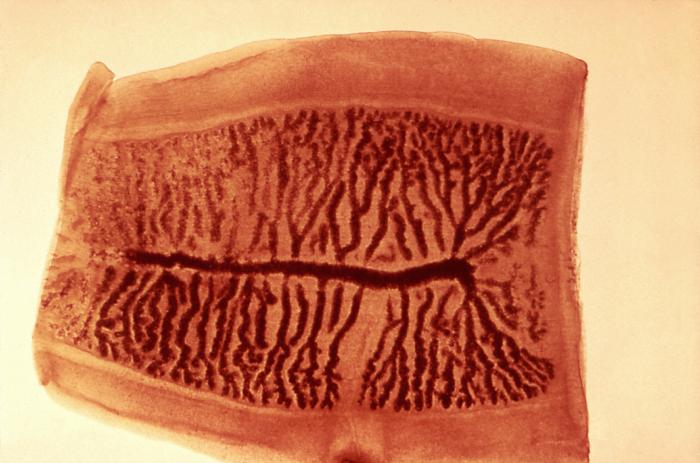Classification
Scientific Name: Taenia solium
Taenia solium is Latin for "Ribbon Throne." Ribbon is a reference to the flattened appearance of the tapeworms in the genus Taenia, while throne is a reference to the ring of hooks present on its scolex.
- Domain:
Eukarya
- T. solium contains a nucleus, other organelles (such as mitochondria), and cytoskeletal structures (such as microtubules.) It also exhibits linear DNA bundles (chromosomes)
- Kingdom: Animalia
- T. solium is multicellular, heterotrophic, and motile during some stages of its development. It also lacks cell walls.
- Phylum: Platyhelminthes
- T. solium is a triploplastic, bilaterally symmetrical acoelomate. It has no digestive tract. It is also monoecious, while exhibiting cross fertilization
- Class: Cestoda
- T. solium is a parasitic flatworm that inhabits the digestive tract of vertebrates.
- Order: Cyclophyllidea
- T. solium is a tapeworm with four suckers on its scolex, and condensed vitellaria adjacent to the ovary, which supply yolk filled cells to nourish eggs.
- Family: Taeniidae
- T. solium features a striated embryopore in its eggs
- Genus: Taenia
- T. solium's larval form exists in ruminant mammals, and an adult in carnivores
- Species:
Taenia solium
- T. solium features a double row of hooks on its scolex. The gravid proglottids contain 7-13 uterine branches. Pigs are the most common intermediate host, but humans may be as well.
Phylogeny
Phylogenic Tree:
In the phylogenic trees provided, which were determined by morphology, I have included the genus most closely related to Taenia, Echinococcus, which is also capable of encysting in humans.
I have also included some of the better known Taenia species. T. pisiformis is a tapeworm whose definitive host is carnivores such as dogs and cats. T. asiatica is closely related to both T. solium and T. saginata, which is included because it is very similar to T. solium morphologically and molecularly.
T. solium Vs T. saginata
These species have nearly identical life cycles, with the only difference being that intermediate host of T. saginata is a cow. T. saginata also causes taeniasis and cysticercosis in the human host. Eggs and cysts from these two species look identical as well. However, it does not cause neurocysticercosis. There are some morphological features that can differentiate these species.
-
Scolex
-
Proglottids



